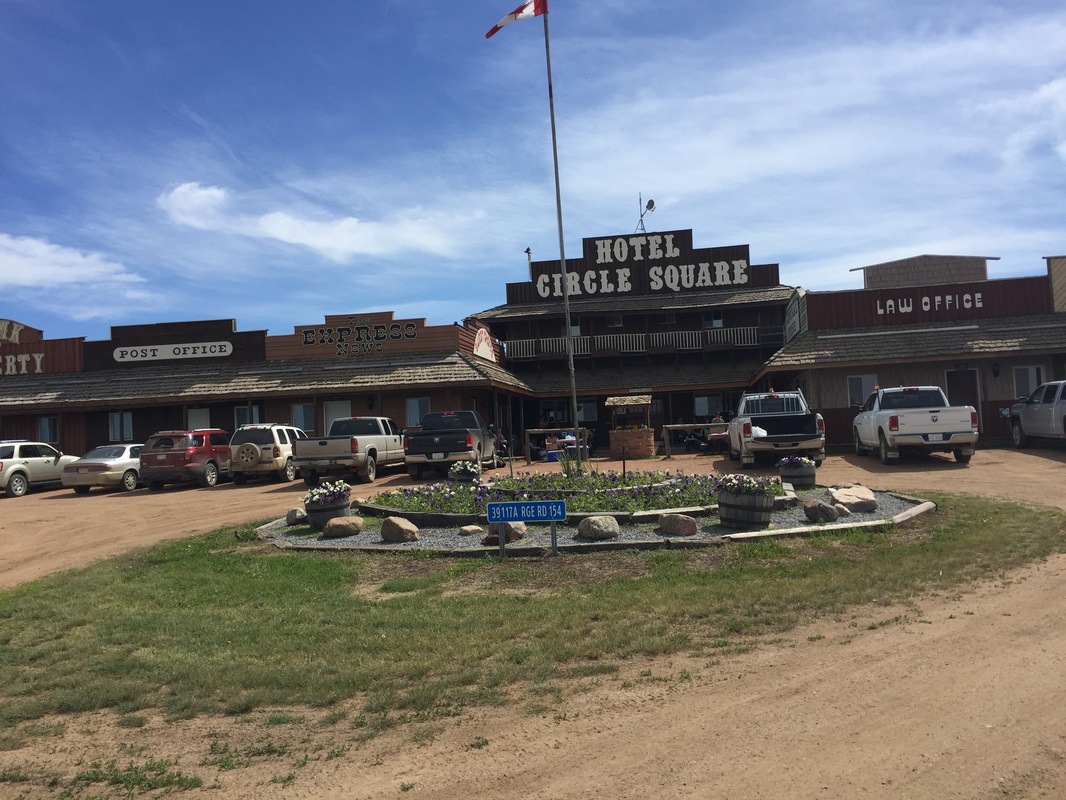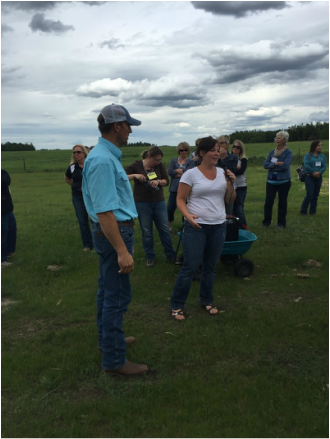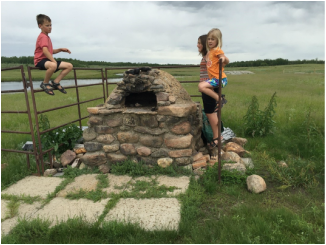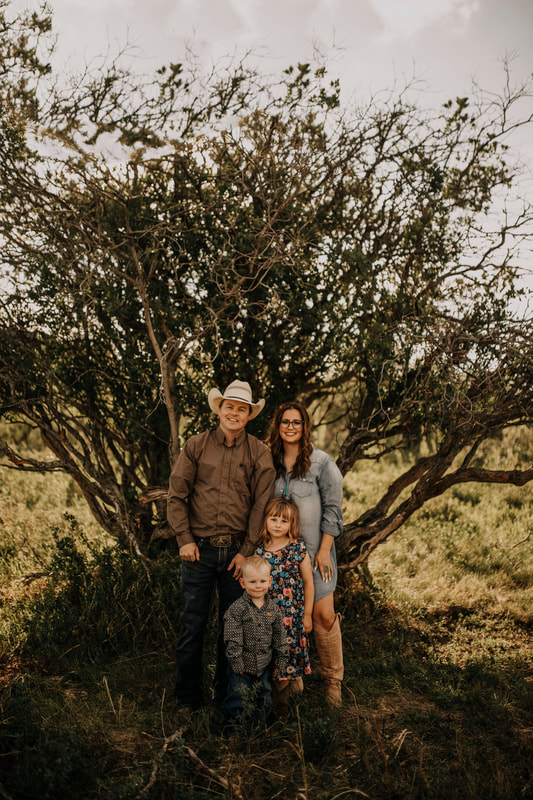|
I absolutely LOVE learning and I think there is so much to learn from visiting other people’s ranching operations. I find this is true no matter how many times you’ve visited or how good of friends you are. I literally learn something new every time I go to somebody’s branding, help move their cows, or even just go for an evening beer. This is why I am so excited to share with you what I learned at the Women’s Grazing School. I took lots of notes so this is basically a condensed version of the entire school… thus it’s being delivered in two parts!
A few weeks ago I was lucky enough to attend The Original Grazing School for Women hosted at the Circle Square Ranch near Halkirk, AB. Over 50 ladies from all over Alberta gathered to be part of this annual educational event aimed at sharing livestock grazing practices to increase production, return on investment and biodiversity on the ranch. This was my first grazing school and if anyone is interested, there is another one happening called The Southern Alberta Grazing School for Women this July 27-28 in Elkwater, AB!
Day one brought us to two different ranching operations near Killam, AB. The first stop was at Nature’s Green Acres, owned and operated by Danny and Shannon Ruzicka. Their farm raises grassfed beef and pork that they direct market to consumers and in particular, the Rge Rd Restaurant in Edmonton, AB. Danny, Shannon and their kids were very gracious to let us tour their farm and gave us some insight into their rotational grazing strategies.
Rotational Grazing Cattle
Because they restricted direct access to the creek, they needed to provide a new watering source for their cattle. They decided to create a wet well off the creek, installing a Nose Pump with two watering bowls that will suit up to 100 head of cows. While they raved about their nose pumps I am a bit more skeptical, based on our own recent experiences.
Now I am a numbers girl so the burning question I had was what their increased grazing days or production was. Shannon explained that they hadn’t really monitored the before/after as that was just one more thing that would have stopped them from finally getting their rotational grazing system up and running. I can’t blame her, but I fully intend to monitor the difference in our cow days/acre once we get ours fenced! Hopefully we can share this information with you next year!
Bush Raised Pigs
Danny and Shannon also shared with us their “bush raised” pigs. Of course the first thing I asked was What is a bush raised pig!? Simply put, they are pigs that are raised outside in rotational grazing paddocks that have heavy tree/bush cover, versus the traditional corralled or indoor conventional methods. Now I must give my kudos to the Ruzicka’s, here. I think this is a genius marketing strategy- they sound different, natural, and leave me wanting to know more! While I don’t think I will be able to provide bush raised animals on my flat, treeless prairie landscape, maybe I will have to try prairie raised pigs!
The farrowing sows, sows with piglets and weanling pigs were all separated into different paddocks. Each paddock had significant tree/brush cover that allow the pigs protection from the elements. The pigs graze the grass growing between trees, root up the soil and help break down the deadfall. When asked if the pigs harm the healthy trees, Shannon shared that it does take some management to ensure the pigs are moved from paddock to paddock before they overgraze and begin damaging healthy trees.
The Ruzicka’s shared with us that the breed of pig is very important to rotational grazing. Because the pigs are outside year round, it is essential that they use heritage breeds. These breeds are more adaptable to harsh weather and have thicker hides and longer hair for cooling/heating. Pigs that are raised in indoor facilities would not be suitable for their situation. They did say that you should check with your slaughter facility prior to purchasing heritage breeds as the thick hide is often a source of contention during butchering.
They don’t seem to have issues with predators, but one excellent question posed by a participant was “Will they decrease gopher populations?”. It is a very intriguing question as they may destroy the gopher tunnels through rooting and perhaps they could even eat them? If anyone has any experience I would love to hear about it!
Unique Dining Experience
Day one of the Women’s Grazing School was definitely worth it for me. I came away with great ideas, some what-to-do's and some what-not-to-do’s, and enjoyed visiting with participants from around the province. If you are interested in other grazing schools for women, visit the Grazing School for Women Facebook page or contact your local Ag Fieldman.
0 Comments
Your comment will be posted after it is approved.
Leave a Reply. |
A Blog About Our Life, Love & Lessons Learned on the Ranch
Categories
All
in the mediaArchives
February 2024
|





